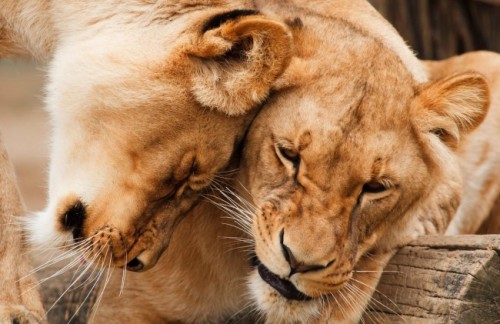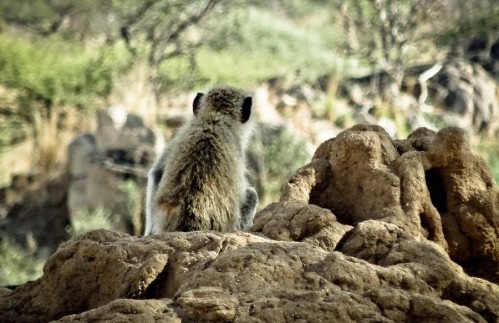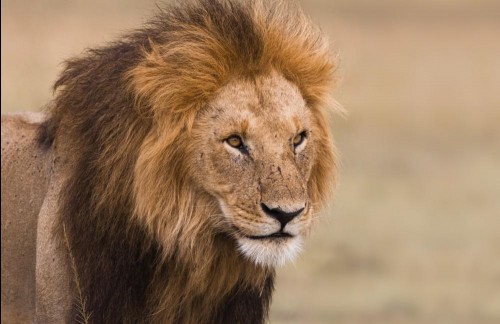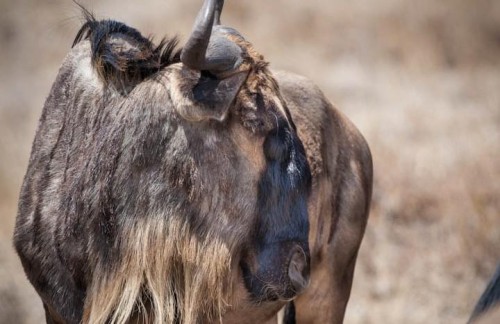Tarangire National Park, Northern Tanzania
The word safari simply means journey in Swahili. It refers to any kind of lengthy journey or trip. Adapted into the English language, safari is now synonymous with observing wildlife in their natural habitat.
Tanzania certainly lives up to its title as the safari capital of the world. With so many protected areas for wildlife spread across the country, including 16 national parks, there is certainly a lot to explore and enjoy. For my first proper safari experience with Shadows of Africa I took to the Northern Circuit parks of Tarangire N.P., Serengeti N.P. and Ngorongoro Conservation Area. I like to think of Tarangire as an excellent starter to a safari, it has its charm but if I'm to be honest it has nothing on the Serengeti.
Tara + Ngiri
The name Tarangire comes from a local word for river, Tara, with the Swahili word for warthog, Ngiri; warthogs were often seen gathered around the river. When the area around the Tara River became a National Park in 1970, the area took on the official name of Tarangire (Tara + Ngiri).

Getting there
If you're going anywhere within the Northern Safari Circuit, the town of Arusha is the place to start from. Via the main road in town we drove past Arusha Airport stopping in at Sable Square to grab some extra Tanzanian shillings from the ATM, as well as some snacks and a coffee for the road. Back in the car, we continued down the same paved road towards Makuyuni, where the pace of everyday life began to slow down. We passed small towns, people herding cattle and carrying goods to home or market, and wide open spaces from paddocks and farms to military areas.

From Makuyuni we continued straight at the main junction, the other turnoff on our right would be taken later on our way to our accommodation at Oldeani Lodge in Karatu. After the two hour drive, we arrived at Tarangire National Park. While Bashiru filled out the paperwork (about a 30 minute process) for entering the park, we filled out a visitors survey and then began to wander around the entrance admiring the baobab trees up close and reading up on some information provided.
Attractions
Although Tarangire is a small park (2850 sq km) it certainly has A LOT to offer! For myself, knowing that one of the biggest elephant populations were within this park was a huge a draw. The iconic Baobab trees are equally captivating even in the dry season. Driving through the park, Bashiru pointed out a number of these baobab trees with massive holes in their trunks. He explained that this is due to the elephants who strip the tree's bark to access the water on the inside of the tree (which is like a giant sponge).
 Baobab tree with an elephant hole. You can tell the age of these trees by measuring their circumference
Baobab tree with an elephant hole. You can tell the age of these trees by measuring their circumference Here the elephants are digging holes in the empty waterbed to access the water below
Here the elephants are digging holes in the empty waterbed to access the water below
Tsetse flies
There are mixed messaged everywhere about the risk and necessary precaution to take with tsetse flies. Tsetse flies are large biting flies and which are common in Tarangire. Over a short period of time, the worst they will likely do is cause some irritating bites. All other side-effects are rare and hardly affect those just travelling through. As it was cool and overcast, we were lucky to not have the tsetse flies around. However, we still took the necessary precautions such as not wearing black or blue, which the flies are attracted to, and using insect repellent with DEET.
Other wildlife
There are plenty of other animals to see in the park. Take a look at my photo diary below for a taste of what we got to see at the end of the dry season in Tarangire National Park.
 The Dwarf Mongoose
The Dwarf Mongoose A Male Impala
A Male Impala Red and Yellow Barbet
Red and Yellow Barbet Giraffes
Giraffes A Female Ostrich
A Female Ostrich Lilac Breasted Roller
Lilac Breasted Roller Red Billed Hornbill
Red Billed Hornbill Female Gazelle
Female Gazelle Monitor Lizard
Monitor Lizard Helmeted Guinea Fowl
Helmeted Guinea Fowl





















































